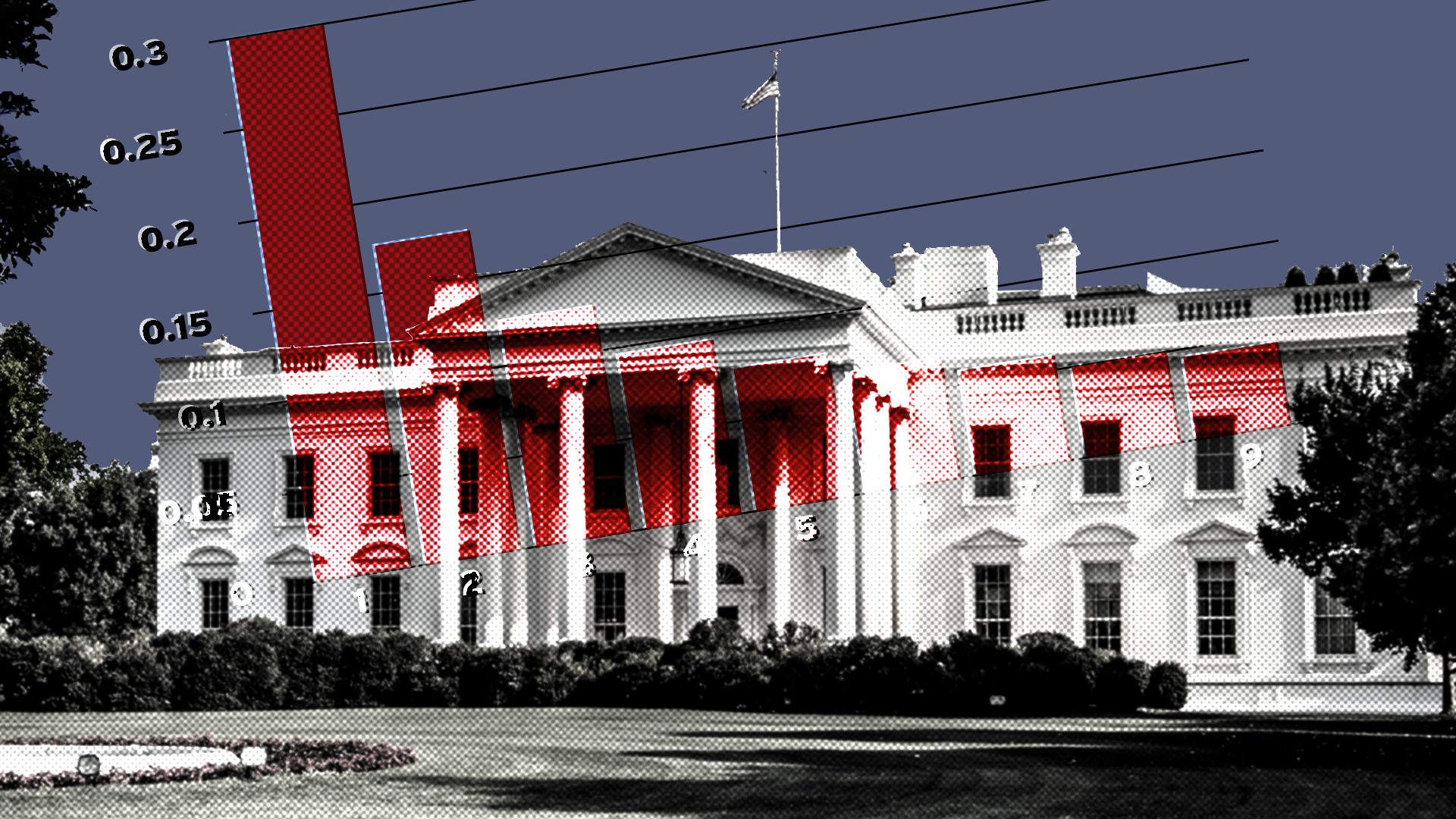- November 12, 2020
- By Jennifer Golbeck
Purported mathematical proof of President Donald Trump’s charges of election fraud is ricocheting all around social media the last few days. According to these viral claims, the first digits in challenger Joe Biden’s precinct level vote counts violate Benford’s Law, which says the distribution of first digits in large groups of numbers follow a predictable pattern—1’s being most common, 2’s second most common, and so on.
These claims have it all wrong, writes Professor Jennifer Golbeck, a computer scientist and social media analyst in the College of Information Studies who has published research on Benford’s Law, in a widely cited blog post on Medium. Benford’s Law is useful for a lot of things, she writes, but invalidating the 2020 election isn’t one of them.
Benford’s law basically says that the first digit of numbers in some naturally occurring systems follows a pattern. You may intuitively think that numbers that start with 1 are just as common as numbers that start with 9, but in lots of systems, around 30% of numbers start with 1 and the frequency declines to where only like 5% of numbers start with 9. This is seen ALL OVER! I showed that it applied in social networks to friend counts and that it could be used to detect bots. It’s used in financial and accounting investigations and can even be used in court as evidence of fraud. The length of all the rivers on earth follow this pattern. Atomic weights. JPEG coefficients. It’s mind-blowing!
If you want to know more about it, Netflix has a series out called “Connected,” and episode 4 (Digits) is all about it. I’m in that documentary, so say hi when I come across your screen. Probably because of that documentary, lots of people are saying, “I can take the election counts from precincts and look at their distribution of first digits and see if there is fraud!”
THIS DOES NOT WORK.
Whether Benford can be used to detect election fraud has been studied for decades. What everyone who studies this knows is that analyzing first digits absolutely DOES NOT WORK! Why?
First, there’s not a big spread of orders of magnitude in precinct sizes. Most places Benford is applied, you have numbers in the 10s, the 100s, the 1,000s, the 10,000s, etc. Precincts don’t have that much variation in them because we don’t want them to be so giant that we can’t count all the votes. That’s one strike against Benford working.
Read the rest on Medium.
Topics
ResearchUnits
College of Information